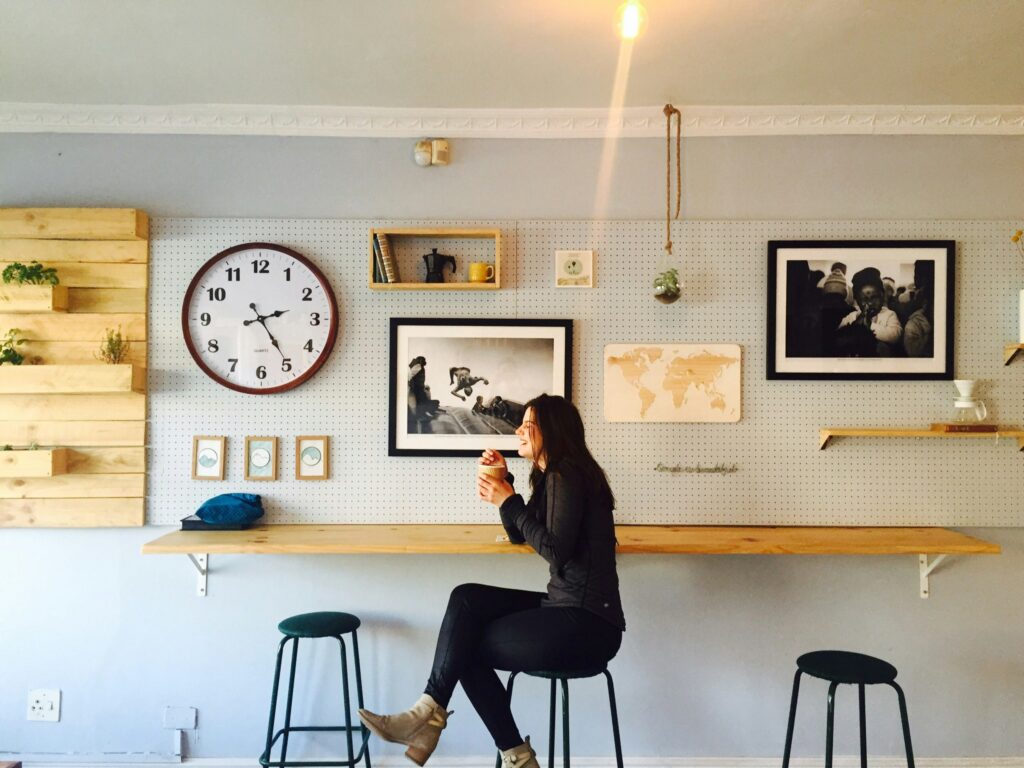You’ve definitely heard of them. Your sister got her nails done in a mobile spa while watching episodes of ‘Nail Files,’? your coworker brought his girlfriend to a Valentine’s Day weekend only chocolate-themed restaurant, and even your niece picked up some sassy new shoes from a curbside shop. They’ve been around for almost ten years, but it seems that the pop-up phenomenon is starting to literally pop-up almost everywhere.
Everybody’s talking pop-ups, and there are many reasons brands choose to do one. To help you join in the conversation I have outlined a few of the major draws to hopping on this trend:
- While many of us in marketing feel that we have the skill to innately know what the consumer wants, even before they do, sometimes companies are uncertain of how a particular market will respond to their product, service, or brand. Finding a way to cost effectively test the waters is often a challenge, but pop-ups allow these brands to become a part of the retail landscape without investing too much of themselves to the market.
- Some companies thrive on a seasonal basis and do not need to be available 365 days a year. Many of our holidays require a specific product or service for one day of the year, but are deemed unnecessary for the rest ‘ think Christmas tree sales. These parking lot takeovers are a kind of pop-up of their own!
- On the other side of things, many brands strive to stand out among the clutter during the holiday season. In the winter of 2010 Kate Spade opened a holiday themed igloo pop-up featuring the brand’s new line of clothing and accessories. Situated right next to Citi Pond’s ice skating rink, the retail bubble even handed out free hot chocolate to visitors.
- For new launches and premieres there needs to be a lot of hype, and having a trendy, word-of-mouth pop-up can be just the ticket. Disney opened a TRON pop-up before the movie premiered, offering merchandise and artwork related to the motion picture.
- Reminding consumers about an existing brand is always a challenge, and to address this concern the Coca-Cola brand opened a ‘Live Tastefully’? sampling pop-up in New York and Boston in the fall of 2009. Seeing the familiar logo on morning commutes reminds consumers of the brand, and being handed a free sample of Diet-Coke puts the company back in buyers’ minds.
- A lot of people would like to have access to certain products and services but are unwilling to make the trek to actually get them. The pop-up makes it easier for consumers to access the goods and services they desire by bringing it directly to them. Like the food truck phenomenon, making products convenient for consumers will make them more willing to purchase.
- Last on my list is that pop-ups allow companies to interact directly with consumers. Having staff and brand ambassadors work with customers one-on-one is a great way to show dedication to the brand, and also to get a sense of consumer sentiment. If consumers love a brand, this is a good way to find out. Also, if there is a premiere of a new product at a pop-up that sells out within hours, or even minutes, it is a sure indication that the company should make it available to the mainstream market.



